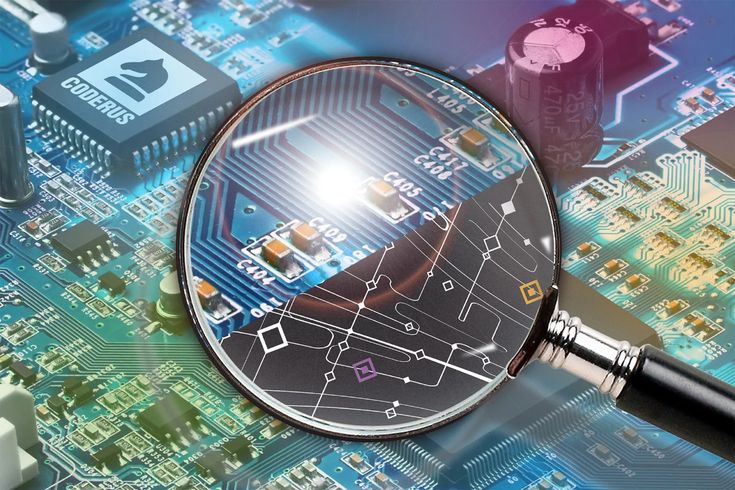Embedded systems are the unseen backbone of many devices we use daily—from smartphones and microwave ovens to cars and industrial machinery. Designed to perform dedicated tasks efficiently, these systems offer speed, precision, and automation. However, despite their growing importance and widespread use, embedded systems are not without drawbacks.
In this blog, we’ll dive into the main disadvantages of embedded systems and why it’s important to understand their limitations.
⚙️ What Is an Embedded System?
An embedded system is a combination of hardware and software designed for a specific function within a larger system. Unlike general-purpose computers, embedded systems are often resource-constrained and optimized for a particular task.
Examples include:
-
Microcontrollers in washing machines
-
Real-time controllers in drones
-
Sensors in smartwatches
🚫 Major Disadvantages of Embedded Systems
1. Limited Hardware Resources
Embedded systems often have restricted memory, processing power, and storage.
-
Why it’s a problem: These limitations can reduce performance and prevent the system from handling complex tasks.
-
Example: A basic microcontroller might struggle with tasks like image processing or machine learning.
2. Difficult to Upgrade or Modify
Once deployed, embedded systems are usually hard to update.
-
Why it’s a problem: If a bug is discovered or requirements change, updating the system may require replacing the entire unit or performing complex firmware updates.
-
Example: Updating software in a medical device may need full re-certification, which is time-consuming and costly.
3. Real-Time Constraints
Many embedded systems are expected to operate in real-time, meaning they must respond instantly and predictably.
-
Why it’s a problem: Meeting real-time performance requires careful optimization, and any delay can lead to system failure.
-
Example: In automotive airbags or industrial robots, delays of even milliseconds can be dangerous.
4. High Development Costs for Custom Solutions
Designing an embedded system from scratch involves custom hardware, software, and testing, which can be expensive.
-
Why it’s a problem: Small companies or startups may find it difficult to afford the specialized development required.
-
Example: Developing a new embedded system for a wearable device can take months and require costly tools and skilled engineers.
5. Limited User Interface
Most embedded systems have minimal or no user interface, making them less flexible or difficult to troubleshoot.
-
Why it’s a problem: Diagnosing issues or reconfiguring settings often requires special tools or technical expertise.
-
Example: A smart thermostat may not allow advanced configuration without connecting it to a separate app or service.
6. Security Vulnerabilities
Because many embedded systems are not frequently updated, they can be easy targets for cyberattacks.
-
Why it’s a problem: Once compromised, these systems can be difficult to patch, especially if they’re in remote or critical environments.
-
Example: Embedded IoT devices used in smart homes or industries have been exploited in large-scale DDoS attacks.
7. Difficult Debugging and Testing
Debugging embedded systems, especially in real-time environments, is challenging.
-
Why it’s a problem: There’s limited visibility into internal processes, and tools for debugging can be expensive or complex to use.
-
Example: Detecting timing issues in a microcontroller-based system might require special logic analyzers or emulators.
🧠 Summary
| Disadvantage | Impact |
|---|---|
| Limited resources | Affects performance and complexity |
| Hard to upgrade | Inflexible and costly to maintain |
| Real-time constraints | Risk of failure in critical tasks |
| High development costs | Expensive for custom designs |
| Minimal user interface | Less user-friendly, harder to manage |
| Security risks | Vulnerable to cyber threats |
| Difficult debugging | Complex and time-consuming testing |
📌 Final Thoughts
While embedded systems are integral to modern technology, they come with a set of limitations that must be carefully considered during design, development, and deployment. Understanding these disadvantages helps engineers, businesses, and users make informed decisions and mitigate potential risks.

